Farmers are well aware that woody weeds can significantly impact the productivity and persistence of pastures long term if infested with woody weeds. Late spring and early summer presents an opportunity to tackle these weeds. Why? Timing Product such as Triclopyr Picloram, Clopyralid, Metsulfuron, MCPA750 offer effective solution for managing invasive species, providing targeted long-lasting results when used correctly. Below is a guide to understanding its features, application methods, and considerations for optimal control of spring woody weeds. Triclopyr Picloram Clopyralid Metsulfuron-Methyl MCPA750 Drift Management Post Spray Management Allow weeds to remain undisturbed for optimal results. Avoid grazing, cutting for as long as possible to ensure the chemical is fully distributed and provides complete control. Conclusion Choosing the right herbicide […]
Tag: Notman Pasture Seeds

How Ryegrass Staggers May Affect Animals
Ryegrass staggers affects livestock by causing tremors, poor coordination, and production losses due to toxic endophytes like Lolitrem-B. Even sub-clinical effects can reduce weight gain and milk yield. Learn how endophytes impact animal health and how to minimise risks.
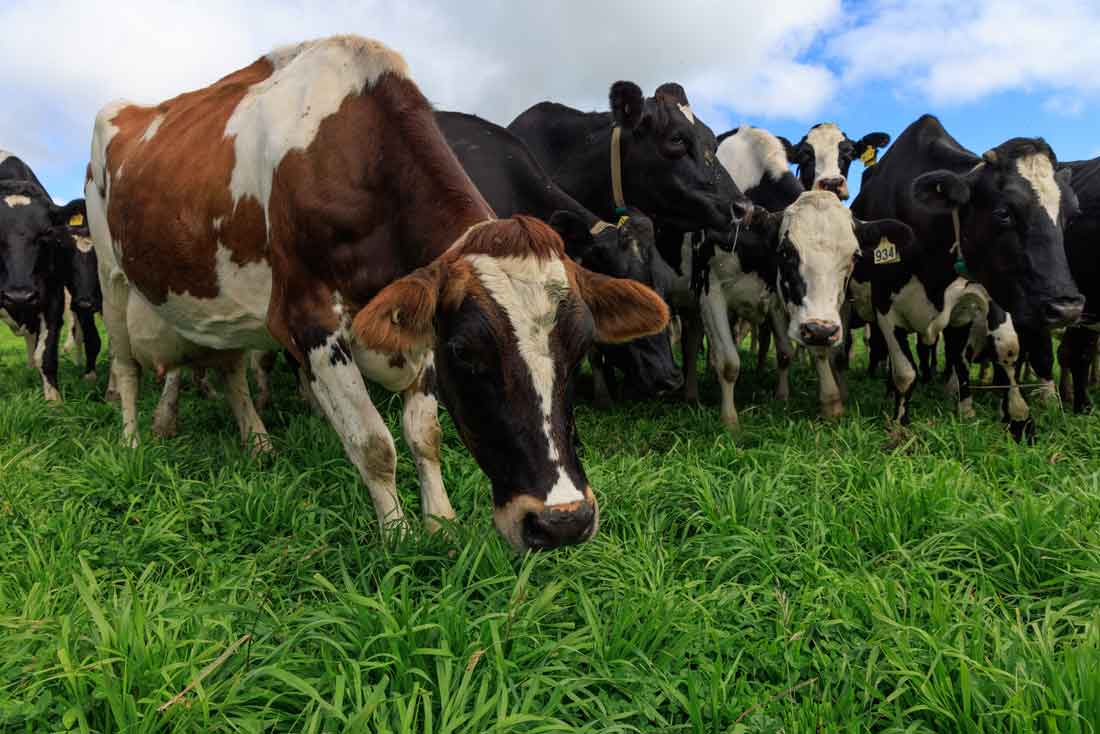
Accelerate Gibberellic Acid – Frequently Asked Question
ACCELERATE – INCREASING WINTER GROWTH Accelerate Growth Regulant is a naturally occurring plant hormone that has been maximising pasture growth during the cooler months to deliver quality feed quantity during periods of reduced winter pasture production. By increasing the natural level of gibberellins contained in plants, Accelerate stimulates growth though cell expansion resulting in stem and lead elongation. Applications deliver accelerated growth creating significant gains in dry matter yield for up to 3 to 4 weeks provided adequate moisture and nutrition is available. BENEFITS OF ACCELERATE When should I first apply Accelerate?Gibberellic Acid will provide a benefit when the pasture production appears to be slowing due to falling temperatures. This can be as early as late April. Timing will depend on our […]

Pioneer brand inoculants – why pay more?
Are premium silage inoculants worth the investment? Explore the science behind Pioneer brand inoculants and how they maximize feed quality, stability, and animal performance.
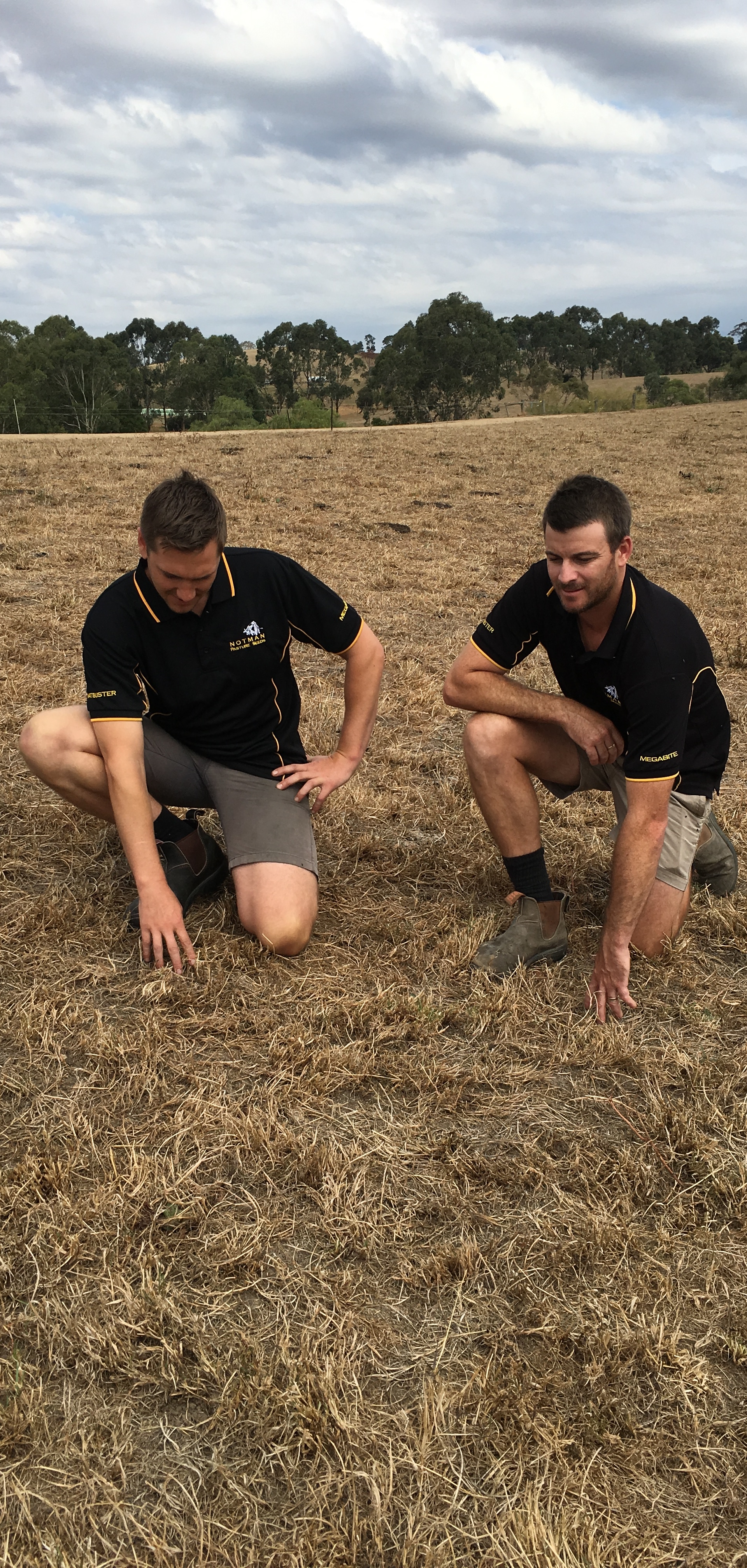
Ryegrass staggers? Our top management tips
Throughout south east Australia, perennial ryegrass has stood as a vital component of pasture systems, offering a rich source of high-quality feed through Autumn to early Summer. However, its symbiotic relationship with endophytes can lead to a condition known as perennial ryegrass staggers or toxicity in grazing animals. This presents a significant challenge for farmers, particularly during late summer and autumn when the risk of staggers peaks. Fortunately, advancements in endophyte research has yielded some promising solutions to reduce lower levels of alkaloids and thus reduce the likelihood of ryegrass staggers. Endophyte technology has advanced significantly since the 1980s with plant breeders such as Cropmark Seeds and DLF Seeds continuing to help develop novel endophytes that provide long-term pasture persistence […]
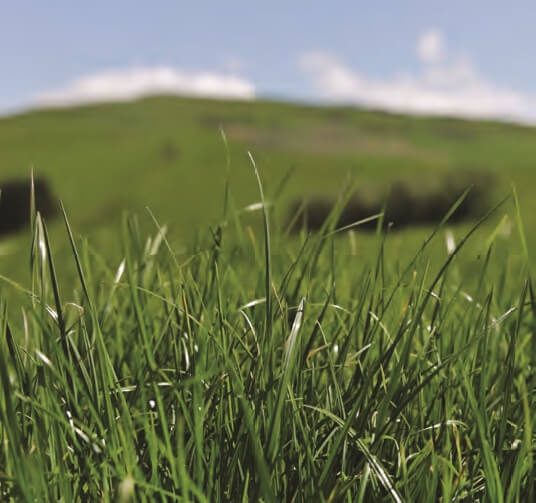
Spring sown pasture tips
Enhancing your perennial pastures with spring oversowing in September and October whilst sufficient soil moisture is available for emerging seedlings is a common practice for south east Australian farmers looking to drive more production. Here Notman Pasture Seeds explores the advantages, disadvantages and in-depth suggestions on optimising spring sown pasture. Spring sowing advantages Spring sowing disadvantages Enhance harvest density and quality Improve silage and hay DM yields with spring sown italian ryegrasses such as Surge Italian Ryegrass. Over sowing with fast establishing italian ryegrasses provides exceptional yield, and luscious leaf growth. Surge is ideal in this scenario this September as it will improve pasture density when it comes time to harvest for silage & hay. And with soil temperatures & daylight […]
Since We Were A Century – Notman Pasture Seeds
Since We Were A Century – The Poowong Community 1974-1999 Compiled for the 125th Anniversary Celebrations of Poowong Township Notman Seeds By Peter & Elaine Notman This business specializes in supplying high quality pasture and cropping seeds along with advice regarding management. We commended our business in 1990 at the dairy farm sown Ogilvy’s Lane. This business started, like many other businesses, with a handful of clients in pre-existing small shed where the seeds was carted in and out of the shed by hand and the inoculating of clovers was done in an old bath tub. Slowly the business started to expand and the area we serviced began to expand also. In 1996 the business was shifted to Nyora Road […]
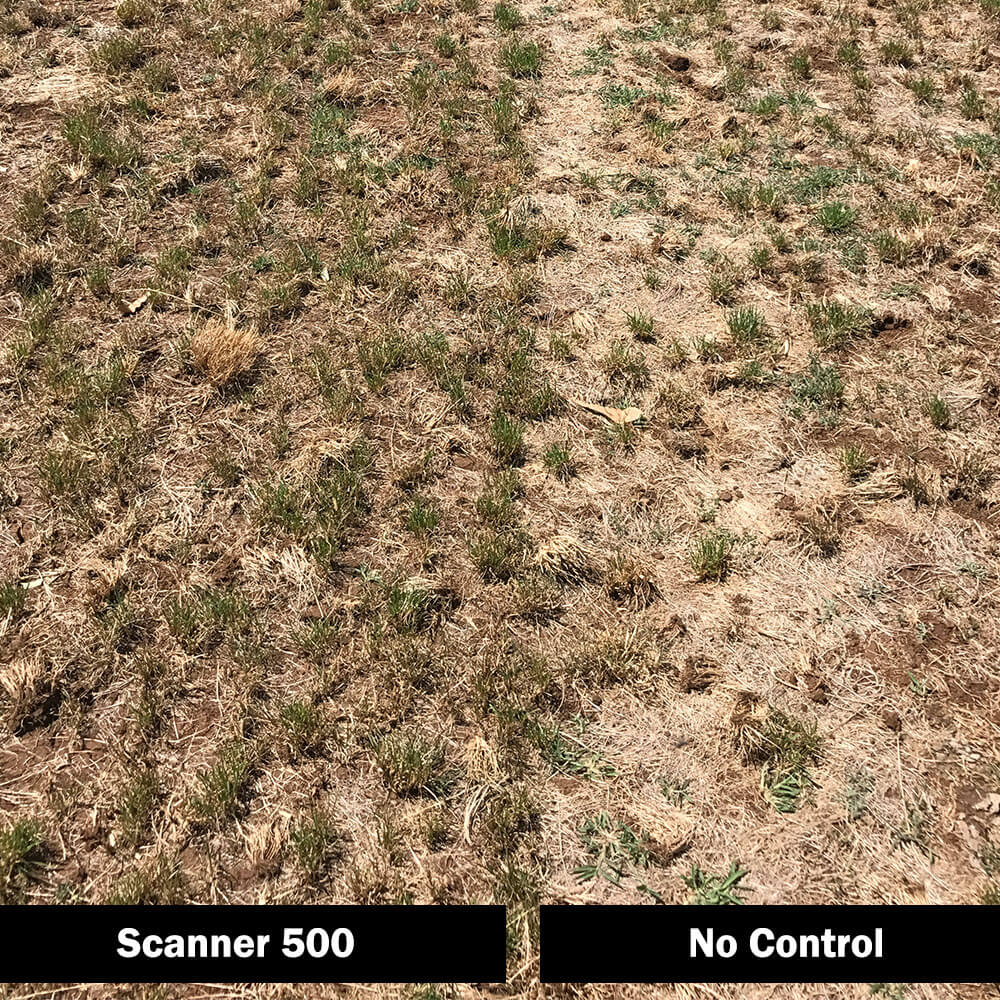
Combating winter grass in perennial pastures
As we move into late autumn and early winter, a range of winter grasses and broadleafed weeds begin to germinate in our pastures. Light green in colour with tufted growth habit and seeding from late winter throughout spring and early summer, Poa Annual matures quickly and seeds profusely making them an agressive weed difficult to control. Grazing or mowing is ultimately ineffective in their control as they begin to choke up your pastures. Preventing winter grass establishment is a key component in maximising the performance or your pastures. As you can see by the images below: WINTER GRASSES TRIAL Using Scanner 500 herbicide, Notman Pasture Seeds trialed its effectiveness on winter grasses last season here at Larnder. As you can see there […]
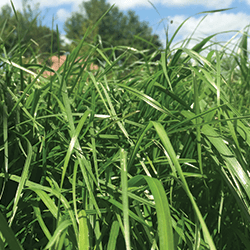
Why combine Diploid & Tetraploid ryegrasses in mixes?
Diploid ryegrasses have two sets of chromosomes per cell, compared to a tetraploid which has four. Diploids combine yield and robustness whilst Tetraploid’s are extremely tasty and palatable. Blends of diploid and tetraploid ryegrasses can achieve a more balanced pasture on your farm. The high sugars and leafiness of tetraploids combined with the persistence and standability of diploids makes an ideal blend with the best of both worlds. For example, combining ryegrasses such as Matrix SE (a diploid) and Base AR37 (a tetraploid) in a perennial ryegrass blend delivers high levels of dry matter production, improved balance of quality feed, high levels of persistence and grazing flexibility. We offer blends of diploid and tetraploid ryegrasses such as Vatbuster, Megabite, Winterbite […]








